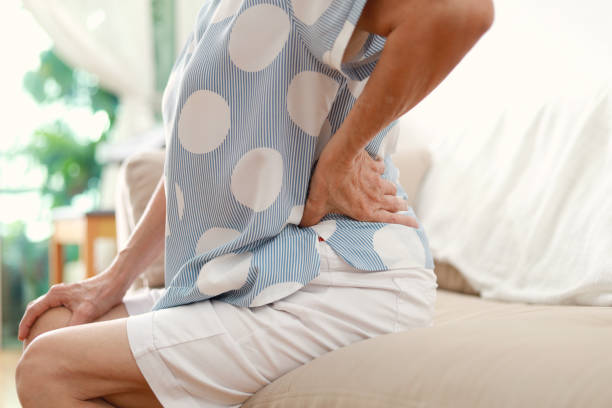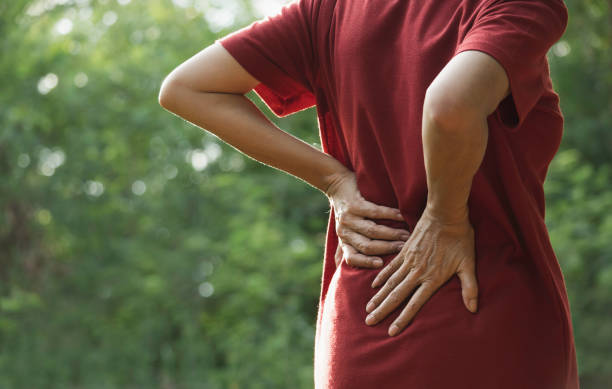Middle back pain is a common issue that affects people of all ages. The middle back, also known as the thoracic spine, is made up of 12 vertebrae that protect the spinal cord and provide stability to the upper body. When this area is affected by pain, it can be both uncomfortable and limiting in terms of physical activity.
Symptoms of Middle Back Pain
Aching or sharp pain: The pain may be dull and aching or sharp and shooting. It can range from mild to severe and may be felt in one specific spot or spread across a wider area.
Muscle tightness or spasms: The muscles in the middle back may become tight or go into spasm, leading to pain and stiffness.
Difficulty breathing: Pain in the middle back can sometimes make it difficult to take deep breaths, especially if the ribcage is affected.
Tingling or numbness: Numbness or tingling in the arms or legs can occur if the nerves in the middle back are being compressed.
Decreased range of motion: Pain and stiffness in the middle back may limit the range of motion, making it difficult to twist or bend.
Postural changes: People with middle back pain may adopt a slouching posture, which can make the pain worse and lead to further complications.
The causes of middle back pain can range from poor posture and muscle strain to more serious conditions such as spinal stenosis, herniated discs, or osteoporosis. In order to determine the cause of middle back pain, it is important to seek medical advice from a doctor or physical therapist.
Treatment for Middle Back Pain
Pain medication: Over-the-counter pain medications such as ibuprofen or acetaminophen can help to relieve pain and inflammation.
Physical therapy: Physical therapy can help to improve flexibility, strengthen the muscles in the middle back, and reduce pain. This may include exercises, stretches, and manual therapy techniques.
Chiropractic care: Chiropractic care can help to realign the spinal column, reducing pressure on the nerves and relieving pain.
Massage therapy: Massage therapy can help to relax tight muscles, improve circulation, and relieve pain.
Acupuncture: Acupuncture is a traditional Chinese medicine technique that involves the insertion of fine needles into specific points on the body. It is believed to stimulate the body’s natural healing processes and relieve pain.
Heat or ice therapy: Applying heat or ice to the affected area can help to reduce pain and swelling.
Bracing or support devices: Bracing or support devices, such as a back brace or posture correcting device, can help to improve posture and reduce stress on the middle back.
In conclusion, middle back pain can be a debilitating condition that affects many people. The symptoms can range from mild to severe, and the cause of the pain can vary widely. However, with proper treatment and management, most people are able to find relief from their symptoms and return to a normal level of physical activity. If you are experiencing middle back pain, it is important to seek medical advice from a doctor or physical therapist to determine the cause and develop an appropriate treatment plan.

 Home
Home Health
Health Diet & Nutrition
Diet & Nutrition Living Well
Living Well More
More












